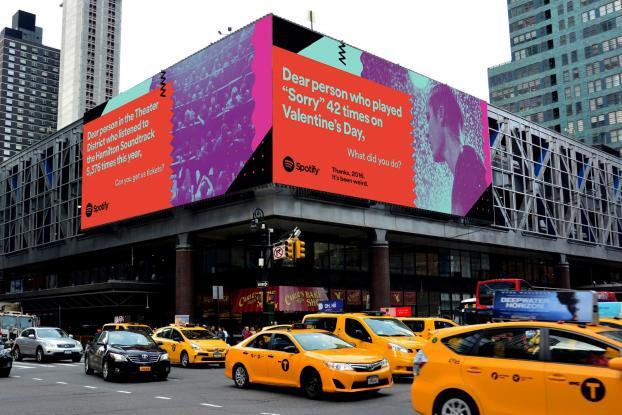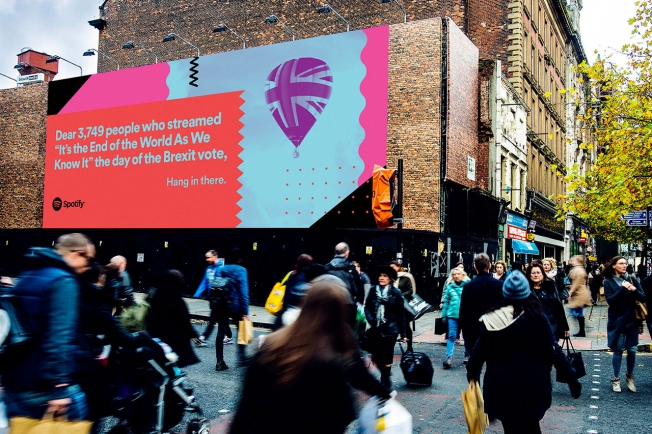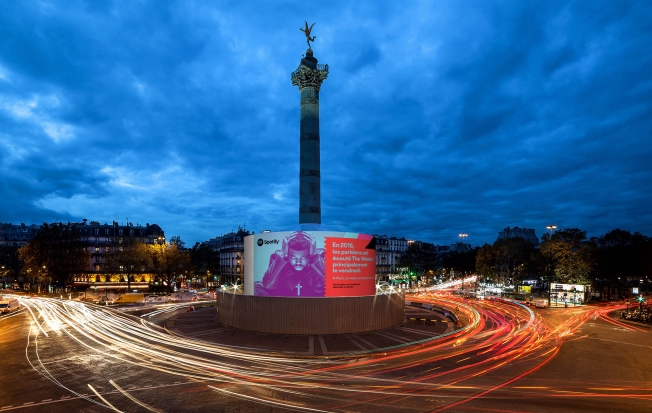Legendary multinational marketing campaigns, and what they teach us.
In our culture, we have a habit of pointing out the bad when it comes to multinational campaigns whether it be in the press, the media or online. But we’re taking the time to call out some of the good, too. More specifically, we’re shouting out the most well-executed, and widely successful global marketing campaigns we’ve seen to date.
1. Coca-Cola’s 2014 FIFA World Cup “Everyone’s Invited” Campaign
Coca-Cola is a brand known around the world for brilliant marketing. In celebration of the 2014 FIFA World Cup the company released one of their largest campaigns entitled, “Everyone’s Invited”.
One World, One Game - Brasil (Brazil), Everyone's Invited – 2014 FIFA World Cup™In explaining the concept of the campaign, Guy Duncan, the Global Creative Director of Coke Trademark said, “Football is the world’s most played and loved sport. All you need is a few mates and a ball, and you’ve got a game… you don’t need fancy equipment or a stadium.” As a result, Coca-Cola centered their World Cup marketing efforts on a short film they created called, “One World, One Game”. The film followed young football enthusiasts from forgotten, isolated and grief-stricken cities across the globe who were surprised with an invitation from Coca-Cola to attend the 2014 World Cup in Brazil. Each player recounted their story and reaction in their native tongue and the whole thing was translated with English subtitles.
Going beyond the film, Coca-Cola also localized their World Cup theme song, “The World is Ours” into 32 languages in honor of the participating 32 teams.
2. Dove’s 2015 “Choose Beautiful” Campaign
At the very core of Dove’s philosophy is the idea that all women are beautiful – regardless of size, shape or color. Over the years, we’ve seen dozens of their marketing campaigns celebrating ‘real beauty’ and their 2015 #ChooseBeautiful initiative is an excellent example.
Dove Choose Beautiful | Women all over the world make a choice
Here, Dove travelled to San Francisco, Shanghai, Delhi, London and Sao Paulo where they labeled side-by-side entrances with signs that read, “beautiful” and “average” – each localized per city. Post-experiment, Dove interviewed real women in their native language about their choices. The message of the campaign was simple: “Women make thousands of choices each day — related to their careers, their families, and, let’s not forget, themselves,” Dove explained in a statement. “Feeling beautiful is one of those choices that women should feel empowered to make for themselves, every day.”
The video went viral with over 10 million views to date, and the campaign can be seen as a wonderful example of how localization can involve and inspire your audiences around the globe.
3. Airbnb’s 2015 “#OneLessStranger” Campaign
Airbnb reimagined the idea of travel and the way through which ordinary folks book and list accommodations. What they’ve been able to do is grow a community of inspired individuals who love to travel, meet new people and feel at home while doing it. As Airbnb put it, “Every time an Airbnb host welcomes a traveler, they are able to instill this belonging in someone new…. These hosts are making the world a more connected and better place, one less stranger at a time.” and in 2015 they launched the social media experiment #OneLessStranger.
#OneLessStranger | AirbnbHere, Airbnb asked their community to perform random acts of hospitality for strangers. In just 3 short weeks the hashtag was trending with over 3 million engagements and interactions wherein people from different backgrounds, cultures and countries were participating, sharing and talking about the campaign.
The compilation video above features clips taken from participants around the world. From LA to France and even Tokyo – random acts of kindness were popping up everywhere with the hashtag #OneLessStranger and with that Airbnb’s user base grew exponentially, too.
4. P&G’s “Thank You, Mom” Campaign (2012 onwards)
P&G’S “Thank You, Mom” marketing campaign is a model example of why universal human values are without bounds. Every Olympic Games, P&G shares another iteration of this campaign, further instilling the impact mom’s have on their children’s successes both big and small. In 2016, P&G shared the “Strong”ad as part of their Rio Olympics Thank You, Mom campaign.
P&G 'Thank You, Mom' Campaign Ad: "Strong" (Rio 2016 Olympics)The advertisement explored how a mother’s strength and courage is echoed throughout pivotal moments in their children's lives. P&G described the ad in saying, “The film follows the Olympic Games journeys of four moms and their kids, showing the moments, both large and small, when a mother’s strength makes all the difference, and building to the moment each child summons their own courage on the world’s biggest stage – the Olympic Games”.
In spite of the cultural differences and language barriers between the mothers featured in the film, P&G’s message was clear: motherhood requires an entirely new kind of strength, but moms around the world continue to rise to the challenge for their children.
5. Spotify’s 2016 “Thanks 2016, it’s been weird” campaign
Towards the end of 2016, Spotify, the ever so popular music streaming platform rolled out a series of playfully localized advertisements under their “Thanks 2016, it’s been weird” campaign and we loved it. They leveraged listener data from all over the world to create region specific advertisements that highlighted the most peculiar listener habits they noticed throughout the year. Take a look at a few of the executions below:
 New York
New York UK
UK Paris
ParisOverall, the campaign is a fantastic example of how brands can use localized data to create quirky and memorable impressions on their global customer base.


.png)
